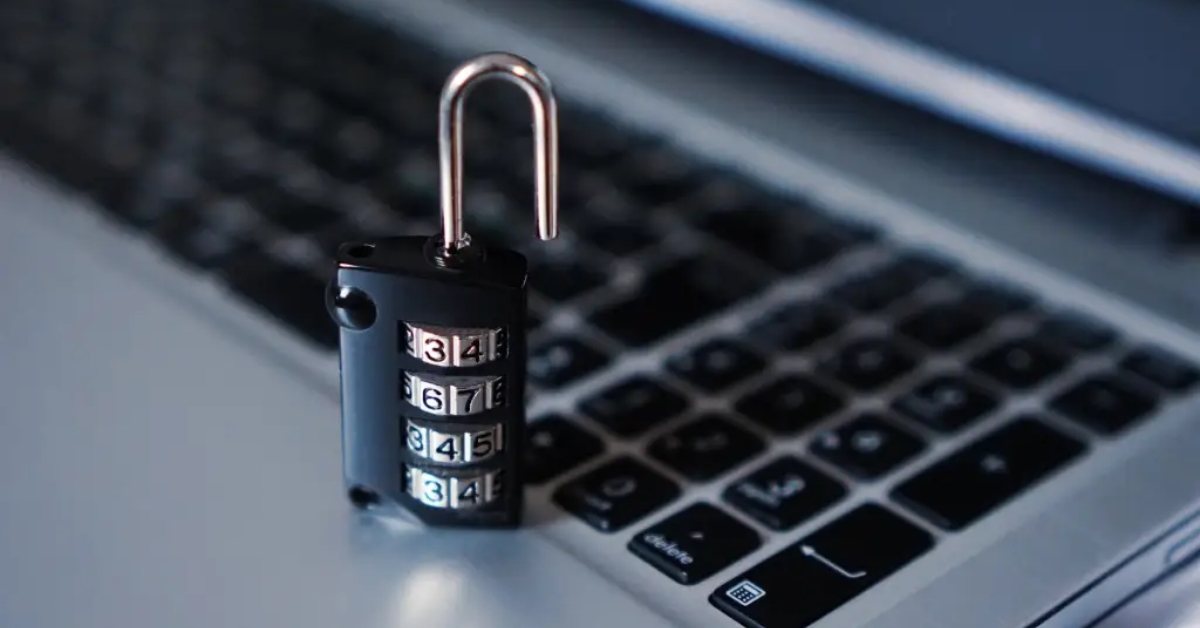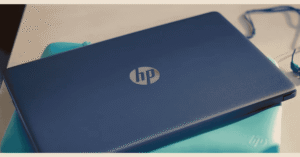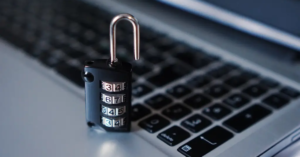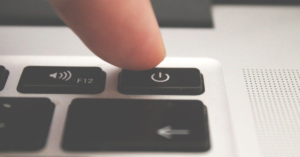Introduction
The security of your laptop depends on screen locking because it provides essential protection for sensitive information. Understanding how to lock a laptop is a critical skill everyone should master to ensure their data stays secure.
Laptops serve as fundamental devices we use both at work and at home. Most people fail to protect their laptops by using screen locks when they leave their devices unattended. A single action of locking your device protects personal information while blocking unauthorized users from accessing your system. This article explores the significance of screen locking and appropriate timing for locking devices while providing different methods.
Why Locking Your Laptop Matters?
Your laptop security becomes vulnerable when you leave it unsecured, even though it seems harmless. Consider the following:
The risk of leaving your laptop unlocked
A few brief moments allow intruders to access secret files, modify system settings, and exploit your accounts.
How an unlocked laptop can lead to security breaches
A data breach occurs when sensitive information such as passwords, financial records, and business documents gets stolen or leaked. Theft of personal information, economic loss, and corporate espionage can result from leaving your laptop without secure protection.
Real-life consequence of unauthorized access
When unauthorized users operate on your account, they risk causing damage to your reputation, leading to personal and professional difficulties.
By understanding how to lock a laptop, you can take the necessary steps to protect your system from these risks.
When Should You Lock Your Laptop?
You should lock your laptop with every departure, no matter how brief. You should lock your computer under these typical circumstances:
At work or in a public place
Your laptop faces threats in public spaces, including libraries, offices, coworking spaces, and cafes. A quick user could access your device from anywhere in your vicinity.
During short breaks or meetings
Your laptop should always be locked whenever you leave your seat, including coffee breaks, restroom visits, and brief meetings.
Anytime you step away, even at home
Your laptop remains exposed to privacy breaches when you leave it unattended because others in your home environment might accidentally access it.
Different Ways to Lock a Laptop Instantly
Knowing how to lock a laptop requires just one second of your time. The following methods prove most effective for laptop locking:
1. Keyboard Shortcuts
- Windows users can activate the screen lock by pressing Windows + L. The method provides quick and reliable protection with easy memorability.
- Mac users can activate laptop security by pressing Control + Command + Q.
2. Start Menu Option
- Click the start window option.
- Click on the power button.
- Select Lock to secure your system.
3. Automatic Lock Settings
Your laptop should automatically lock itself when idle for a specified time. The security feature exists as an option within your device’s display section, security area, or power settings. For instance:
- Access the Screen Timeout Settings through Settings > Personalization > Lock Screen on Windows devices.
- To access Automatic Lock settings on macOS, users should open System Settings, then select Security & Privacy > General.
4. Physical Locks
A cable lock is a physical protection method for securing your laptop when leaving it unattended in public or shared areas. The physical locks protect against theft but do not stop unauthorized digital access.
5. Security Apps and Tools
Using security apps that include biometric authentication options, remote locking, and geolocation tracking features can strengthen your laptop security. Security applications notify users about every unauthorized access attempt to their devices.
- Find My Device (Windows) – Helps locate and lock your laptop remotely.
- Find My Mac (MacOS) – Apple’s built-in tracking tool with remote lock capabilities.
- Third-Party Security Software – Apps like Prey, Norton, or Bitdefender offer additional tracking and security features.
6. Dynamic Lock (Automatic Proximity Locking)
Dynamic Lock allows your laptop to automatically lock when a paired Bluetooth device (such as your smartphone) moves out of range.
Windows:
- Open Settings > Accounts > Sign-in options.
- Scroll down to Dynamic Lock.
- Check Allow Windows to automatically lock your device when you’re away.
Mac:
Currently, Mac does not have a built-in equivalent feature, but third-party apps such as Near Lock allow you to lock your Mac when your iPhone moves away from it.
7. Locking via Command Line or Run Command
If you prefer a command-based method, you can lock your laptop using simple commands:
Windows:
- Open Run (Win + R).
- Type: rundll32.exe user32.dll,LockWorkStation.
- Press Enter to lock your system instantly.
Mac:
- Open Terminal.
- Type: pmset displaysleepnow.
- Press **Enter` to lock your Mac screen immediately.
Conclusion
Developing the practice of locking your laptop produces substantial advantages. Laptop locking protects sensitive information across all locations, including home, office, and mobile environments. Your security defense against potential threats will become robust when you integrate this habit with encryption, antivirus software, and regular updates.
By learning how to lock a laptop, you can ensure your data remains safe and secure. Locking your laptop briefly prevents extended consequences from leaving your system unprotected. Daily practice of data security protection should be your top priority.
FAQs
What is the fastest way to lock a laptop?
The easiest way to lock a laptop is by using keyboard shortcuts. For Windows devices, press Windows + L; for Mac devices, press Control + Command + Q.
Can I lock my laptop automatically after inactivity?
Screen locking prevents unauthorized users from accessing your laptop when it is unattended. It is the first defense line to secure your personal or professional data.
How to lock a laptop automatically when it’s idle?
Most laptops have automatic lock settings. You can enable this feature on Windows by going to Settings > Personalization > Lock Screen. On macOS, go to System Preferences > Security & Privacy > General and set a timer for automatic locking.
Is locking my laptop enough to protect my data?
While locking your laptop is essential, it should be combined with other measures such as data encryption, antivirus protection, and regular system backups for complete security.









